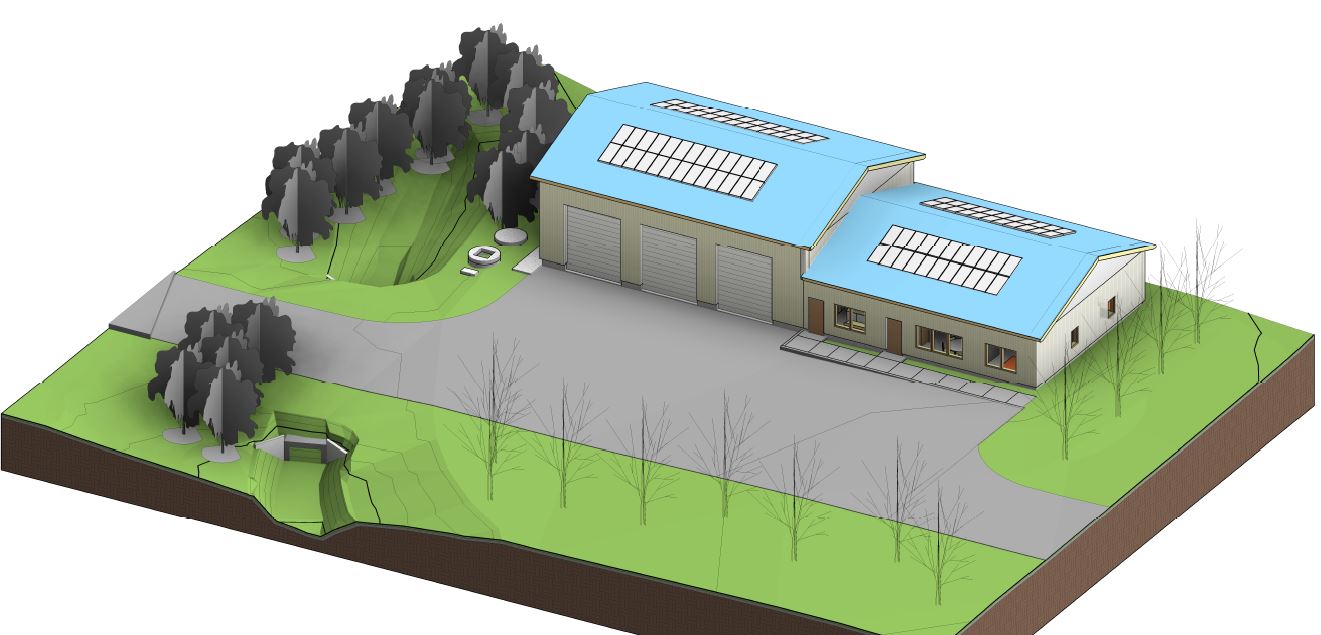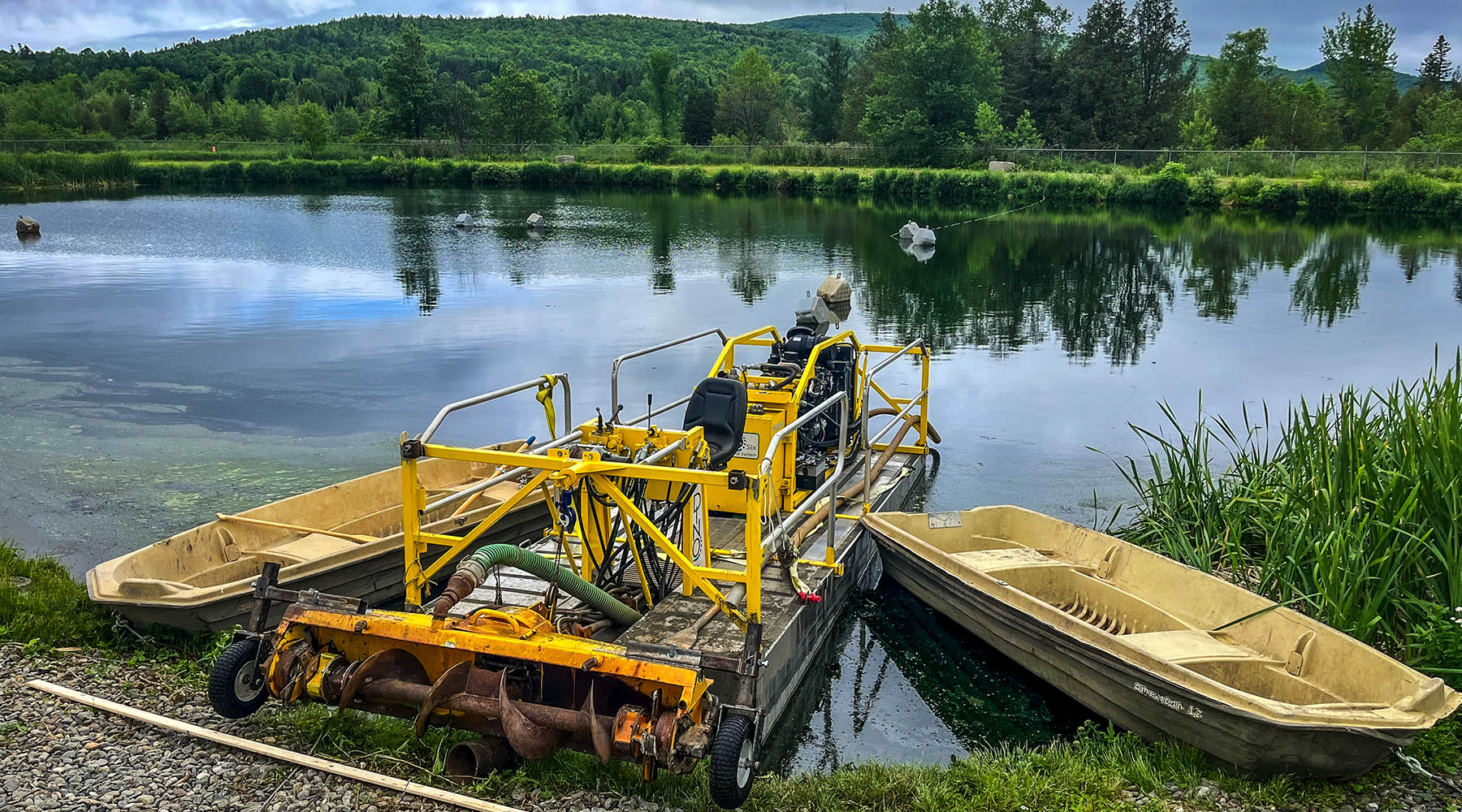In urban and densely populated suburban areas where the highest concentration of impervious surfaces are found, stormwater runoff can be a significant contributor to water pollution. As rain falls in outlying rural areas, the water is absorbed and filtered by the natural vegetation and soil. The impervious surfaces, including roofs, sidewalks, paved parking areas and wide city streets, do not allow the ground to absorb the water and instead is collected in closed drainage systems and often time discharged into nearby surface waters without filtration.
Here we review 5 Facts About Sustainable Stormwater Practices to help communities and agencies that may be planning to develop new “green” infrastructure.
- Regulatory Compliance: Stormwater is regulated at the federal level by the Environmental Protection Agency (EPA) under the Clean Water Act (CWA). The CWA “establishes the basic structure for regulating discharges of pollutants into the waters of the United States and regulating quality standards for surface waters.” Thus making it “unlawful to discharge any pollutant from a point source into navigable waters, unless a permit was obtained.” State Environmental Agencies often apply additional requirements beyond EPA minimum standards to further protect impaired state waters. On a local level, some communities have developed Stormwater Management Plans to assist managing discharge from both private and public properties. Local Ordinances are crafted by community officials as an integral part of subdivision and site plan development review and approval processes. New stormwater regulations often require implementation of sustainable stormwater management practices.
- Green Materials: “Green” or sustainable stormwater best management practices treat stormwater as a resource to be preserved and maintained, taking advantage of natural processes to clean and filter stormwater runoff. Vegetation and soil filtration highlight the obvious green materials used, but some methods growing in popularity include permeable pavement, down spout disconnection, rainwater harvesting, rain gardens, planter boxes, tree filters, green roofs, bioswales, as well as land conservation. With the incorporation of one or more of these design features, urban spaces are able to reduce the percentage of impervious surfaces thus reducing the volume of stormwater runoff.
- Public-Private Partnerships: State and local governments collaborating with developers on properties within different regions to incorporate Green Infrastructure into the design/redesign will in turn save money via stormwater diversion and treatment by the agencies. Offering tax credits or incentives to the developers is intended to accelerate the adoption of these improved stormwater management practices leading to more extensive implementation statewide.
- Funding Availability: Many funding options are available through federal and state agencies including EPA, Departments of Transportation, US Economic Development Administration (EDA), Department of Housing and Urban Development (HUD), National Oceanic and Atmospheric Administration (NOAA), as well as the Departments of Agriculture, Energy and Treasury. Grants available through these agencies will help offset the cost for municipal and private entities to invest in sustainable stormwater collection, filtration and treatment upgrades to existing or redeveloping sites.
- Benefits: Environmental – Improperly managing stormwater runoff into surface waters can contain pollutants from the surfaces it is diverted from, potentially causing damage to aquatic vegetation and wildlife. Uncontrolled stormwater runoff can also cause physical damage such as erosion and flooding. With the implementation of green infrastructure practices, contaminants can be reduced in the receiving water bodies and create healthier environments. Social – Incorporating sustainable stormwater management practices can improve water quality, quantity and aesthetics, thereby enhancing the livability of a community, creating multifunctional landscapes and green spaces, encouraging revitalization, and providing educational opportunities. Economic – The use of green infrastructure may provide incentives to attract investment; reinvigorate neighborhoods; inspire redevelopment; or provide new recreational opportunities.
To find out more about community stormwater management practices, the EPA has issued resources outlining practices to assist while achieving other environmental, social and economic benefits.
It’s Hoyle Tanner’s 50th anniversary this year! Keep an eye on our Facebook, LinkedIn, and Twitter feeds for articles and anniversary news!










